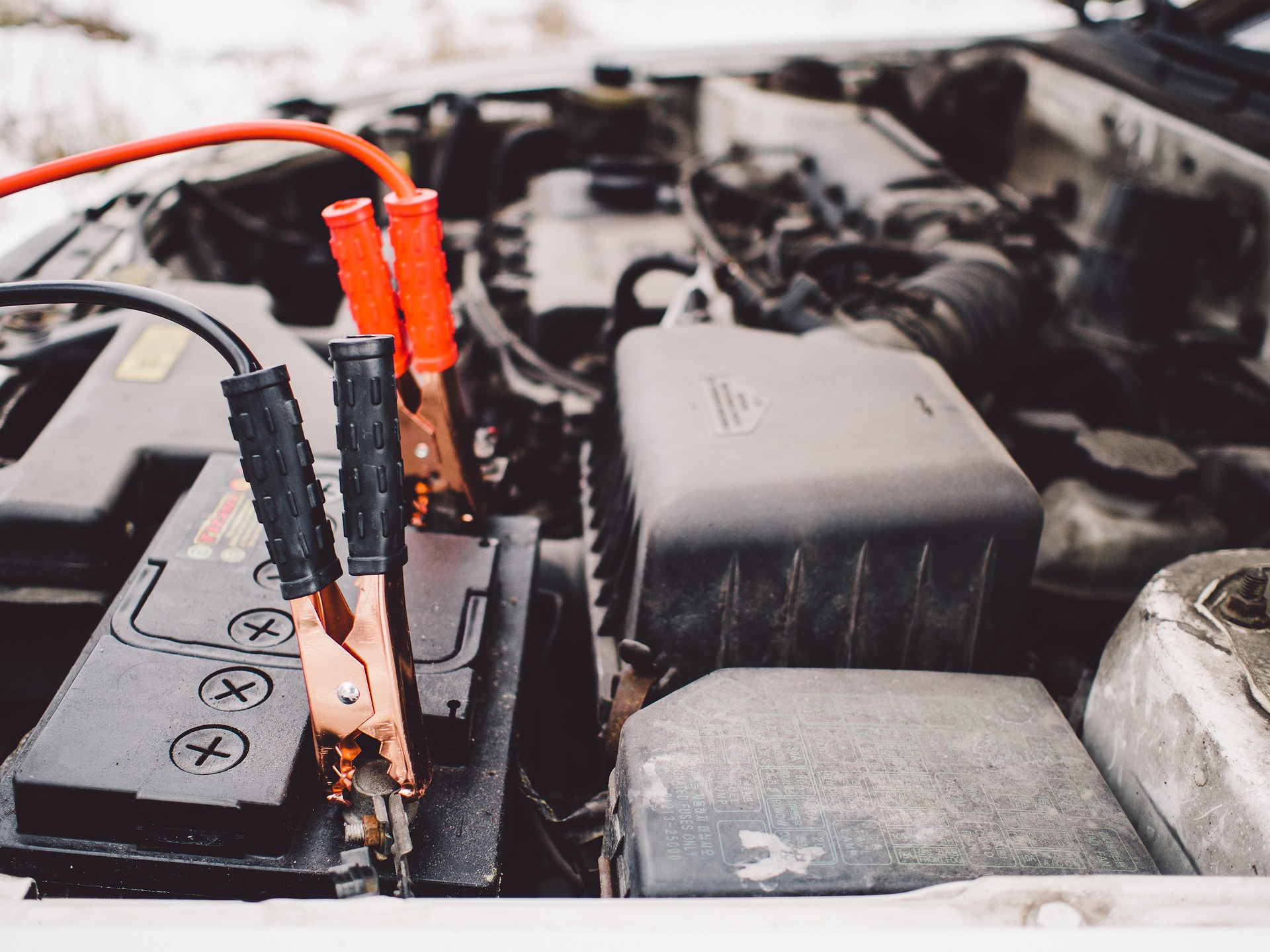How to Tell If Your Car Battery is Failing

A failing car battery can produce sparks and backfire. Your car’s electrical system relies heavily on the battery to run components like headlights and stereo. The interior and dashboard lighting may also flicker, which is another indication of a failing battery.
How to tell if your car battery needs to be replaced
If you are having trouble starting your car, it may be time to replace your battery. A car battery is one of your vehicle’s essential parts, providing the spark to start the engine. But like any other component, it does have a life span and needs replacement from time to time.
A drained battery cannot start the car and may slow it down to a crawl. The voltage of your battery can decrease over time. It can also be affected by the battery charger. Thankfully, quality auto parts retailers offer free testing of batteries to determine when to replace your battery. This is the most accurate method of determining if you need a replacement.
Another way to tell if your car battery needs to get replaced is when your headlights are dim or not working correctly. This means the battery is losing its charge capacity and can no longer transmit energy as efficiently as it once did. It is also possible that your dashboard lights need to be fixed.
Signs that it’s going bad
If you see a warning sign on your dashboard, your car battery is probably starting to fail. This can happen for a variety of reasons, and one of them is the battery’s odor. Usually, batteries Winter Garden, FL don’t smell, but this rotten egg smell indicates that it has started to release sulfuric acid, which will harm other parts of the engine. For this reason, it is best to have the battery replaced immediately.
A dead battery is a very frustrating experience. Especially in the winter, this can put you in a terrible situation. You can avoid this situation by learning the signs. You’ll know when to replace your battery by understanding what to look for. These signs will help you avoid getting stranded when the cold weather hits.
First, check the age of your car battery. Older batteries typically last up to four or five years. Make sure to replace your battery when it’s over four years old. Extreme weather can drastically reduce the life of your battery.
Signs that it needs to be replaced
Your car’s battery can start to show its age, and it’s best to replace it when it reaches three years of age. A new battery is relatively inexpensive, and the cost is negligible compared to severe car repairs. It will also prevent you from experiencing any annoying dead battery symptoms.
Old batteries lose their ability to store electrical charge, and it’s only sometimes obvious when it happens. Symptoms of battery failure include a slow engine, sluggish idle, and flickering overhead lights. If you see any of these symptoms, you should take your car for a test to determine whether it needs replacing.
Your car’s battery is like its heart. Without it, your car won’t start, move, or do anything. If your car’s battery needs to be replaced, you must return it before any other parts fail. These indicators can be caused by climate changes, a long lifespan, or a weakened capacity.
Operator error as a cause of a dead battery
A dead car battery can be a result of many different things. It can be weakened by corrosion, cold weather, or human error. It can also be affected by a faulty electrical system. Either way, you want to take it to a mechanic to check the battery cable and terminals.
Another common reason for a dead battery is time. Most batteries last anywhere from three to five years. Cold winters can reduce their lifespan significantly. To increase battery life, pay attention to warning signs and test them regularly. Also, only leave the car running by shutting off the lights.
The first step in determining the cause of a dead car battery is to look at your car’s alternator. Most car batteries are multi-cell lead-acid batteries containing a dilute lead and sulfuric acid solution. Over time, this mixture will sulfate, preventing the battery from performing optimally.